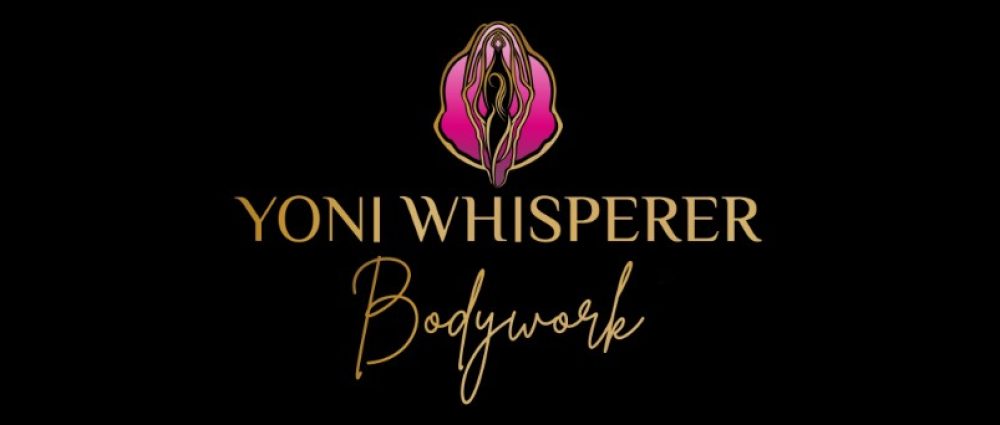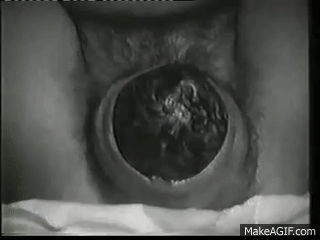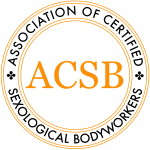Perineal Massage Pregnancy Instructions
Perineal Massage Pregnancy Instructions, the importance of Perineal massage to assist when going into labour and giving birth by CSB Aleena Aspley Brisbane.
PERINEAL MASSAGE
Perineal massage is time well spent! Numerous clinical studies point to the benefits of perineal massage during the last several weeks of pregnancy for reducing perineal tearing during delivery and decreasing the incidence of pain during sex following childbirth. Just 5 minutes per day can help prevent long term complications.
.
.
HOW TO PERFORM PERINEAL MASSAGE ON YOURSELF
Before beginning Perineal Massage, ensure that your hands are washed, and your fingernails are trimmed short to prevent possible scratching. You can also choose to wear Vinyl gloves.
There are several positions that work well for women.
These include:
(a) Sitting propped up in bed with your knees bent
(b) Squatting against a wall for support with or without the aid of a stack of books or stool
(c) Raising one leg such as in the shower or on the toilet. Feel free to use different positions on different days. Also feel free to try reaching your hands in front or behind you to do the PM.
Perineal Massage can be done with either your thumbs or fingers. It is fine to change up fingers if you start to become tired. Two thumbs, index fingers, middle fingers or two fingers at a time all work.
For the massage itself, remember the goal is stretch the back portion of the birth canal, down towards the anus and apart side to side, using more and more pressure over time.
.
.
WHAT SHOULD I DO PRIOR TO PERFORMING PERINEAL MASSAGE?
- Empty your bladder
- Wash your hands and find a relaxing place to perform the massage (bathroom, bedroom, or anywhere else you are comfortable)
- A warm bath or warm compresses on the perineum for 10 minutes prior to the massage may help with relaxation
- Sit/position yourself comfortably
- Trim your finger nails and wear vinyl gloves
- Use a mirror to become thoroughly familiar with the vaginal opening and the perineum
.
.
PERINEAL MASSAGE TECHNIQUE
- Choose your position.
- Put a water-soluble lubricant, or natural oil like olive oil, on your thumbs and the perineum
- Place thumbs just inside the vagina to a depth of three to five centimetres
- Gently press downward towards the rectum and to the sides of the vagina at the same time to stretch the opening, until a very slight burning, stinging, or tingling sensation is felt
- Work the lubricant in slowly and gently, maintaining the pressure and pulling the perineum forward a little as you sweep your thumbs from side to side of the vagina in a “U” shaped motion for approximately two minutes
- The massage can be done in one direction at a time i.e. from side to side, or the thumbs can be swept in opposite directions. Try different ways until you find which is more comfortable for you.
- Focus on relaxed breathing whilst trying to consciously relax the pelvic floor muscles and allowing the tissues to stretch
- Reapply your lubricant as needed, for a total Perineal Massage time of at least 5 minutes.
.
.
SOME INFORMATION FROM CHAT GTP
Perineal massage is a technique that involves gently stretching and massaging the tissues around the perineum, which is the area between the vaginal opening and the anus. It is commonly recommended during pregnancy to help prepare the perineum for childbirth. Here are some benefits of perineal massage during pregnancy:
-
Reduced Risk of Perineal Trauma: Regular perineal massage during the last weeks of pregnancy has been shown to decrease the likelihood of perineal tearing or the need for an episiotomy (a surgical incision made to enlarge the vaginal opening during childbirth). By increasing the flexibility and elasticity of the perineal tissues, massage can help the area stretch more easily during delivery.
-
Increased Blood Flow: Massage helps improve blood circulation to the perineal region, promoting healing and tissue health. Adequate blood supply can enhance the overall condition of the perineum and contribute to its resilience during labor.
-
Enhanced Relaxation and Pain Relief: Perineal massage can be a soothing and relaxing practice for pregnant women. It may help reduce anxiety and tension associated with childbirth and relieve discomfort in the pelvic area. By engaging in perineal massage, women can become more familiar with their bodies and gain a sense of control over their childbirth experience.
-
Improved Perineal Awareness: Through perineal massage, women become more attuned to their perineal area and gain a better understanding of its anatomy and sensations. This awareness can be helpful during labor, as women can actively participate in guiding the baby’s descent and adjust their pushing efforts to minimize the risk of perineal trauma.
-
Postpartum Recovery: Perineal massage may contribute to a smoother recovery after childbirth. By promoting elasticity and minimizing trauma during delivery, the perineum is more likely to heal faster and experience reduced discomfort during the postpartum period.
.
.
PERINEAL MASSAGE, CAUTION & GUIDANCE
It’s important to note that perineal massage should be done with caution and guidance. Here are a few tips:
-
Consult with your Healthcare Provider: Discuss perineal massage with your healthcare provider or midwife before starting. They can provide guidance and ensure it is appropriate for your specific situation.
-
Use a Suitable Oil or Lubricant: A natural oil, such as vitamin E oil or sweet almond oil, can be used to lubricate the perineal area before the massage. This helps reduce friction and discomfort.
- Maintain Hygiene: Ensure that your hands are thoroughly cleaned before starting the massage to minimize the risk of infection . It is also recommended that you wear vinyl gloves.
-
Gentle and Gradual approach: Begin with gentle stretching movements and gradually increase the pressure over time. Pay attention to your comfort levels and avoid any techniques that cause pain or discomfort.
.
PERINEAL MASSAGE – Everything you wanted to know before Child Birth
Perineal Massage Pregnancy Instructions
CONTRA-INDICATIONS
Do not perform perineal massage in the following situations:
- prior to 34 weeks of pregnancy
- if you have placenta praevia (a low–lying placenta) or any other condition where there is bleeding from the vagina during the second half of pregnancy
- if you are suffering from vaginal herpes, thrush or any other vaginal infection, as massage could spread the infection and worsen the condition.
.
.
PERINEAL MASSAGE DISCLAIMER
It’s important to note that perineal massage is a technique that should be approached with caution and guidance. Before starting perineal massage, it’s crucial to consult with your healthcare provider, doctor, midwife, or another qualified professional. They can assess your specific situation, provide personalized advice, and ensure that perineal massage is appropriate for you.
The effectiveness and benefits of perineal massage may vary from person to person. While it has been shown to have potential advantages in reducing perineal trauma, it’s not guaranteed to prevent all types of tearing or the need for an episiotomy during childbirth.
Proper technique and guidance are essential for perineal massage. It’s advisable to learn the technique from a qualified healthcare professional who can demonstrate the correct movements and provide feedback. They can also help you understand the signs of discomfort or potential issues during the massage.
Perineal massage involves intimate contact with the perineal area, which can be sensitive. It’s crucial to listen to your body and stop or adjust the massage if you experience any pain, discomfort, or bleeding. Discontinue the massage and consult with your healthcare provider if you have any concerns.
Perineal massage may not be recommended or suitable for everyone. Factors such as certain medical conditions, infections, or complications in pregnancy may contraindicate perineal massage. It’s important to follow the advice and recommendations of your healthcare provider.
Always prioritize your safety and well-being during pregnancy. Perineal massage is just one option among various childbirth preparation techniques.
.
Perineal Massage Pregnancy Instructions
CONTACT DETAILS
Ms. Aleena Aspley
Bracken Ridge, North Brisbane
Owner of Yoni Whisperer Bodywork
Certified Sexological Bodyworker
Somatic Sex Educator & Coach
NEO Tantra & Chakrassage Professional
Mobile: 0404 449 433 (TEXT ME TO BOOK)
International: +61 404 449 433 (TEXT ME TO BOOK)
Website: www.YoniWhisperer.com
.
.






Pingback: PERINEAL MASSAGE DURING PREGNANCY TO PREVENT TEARING DURING CHILDBIRTH By CSB Aleena Aspley Yoni Whisperer Bodywork Brisbane